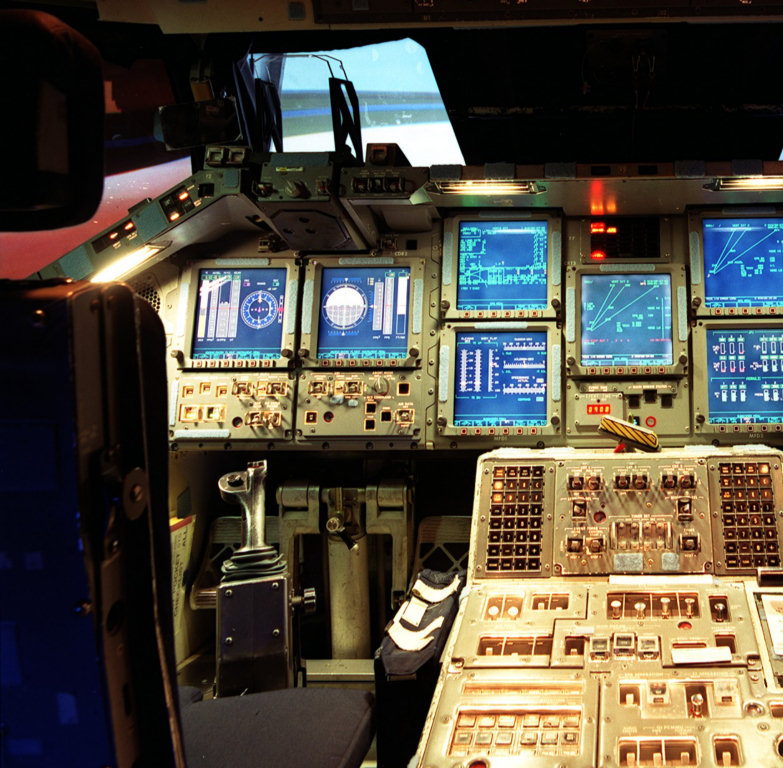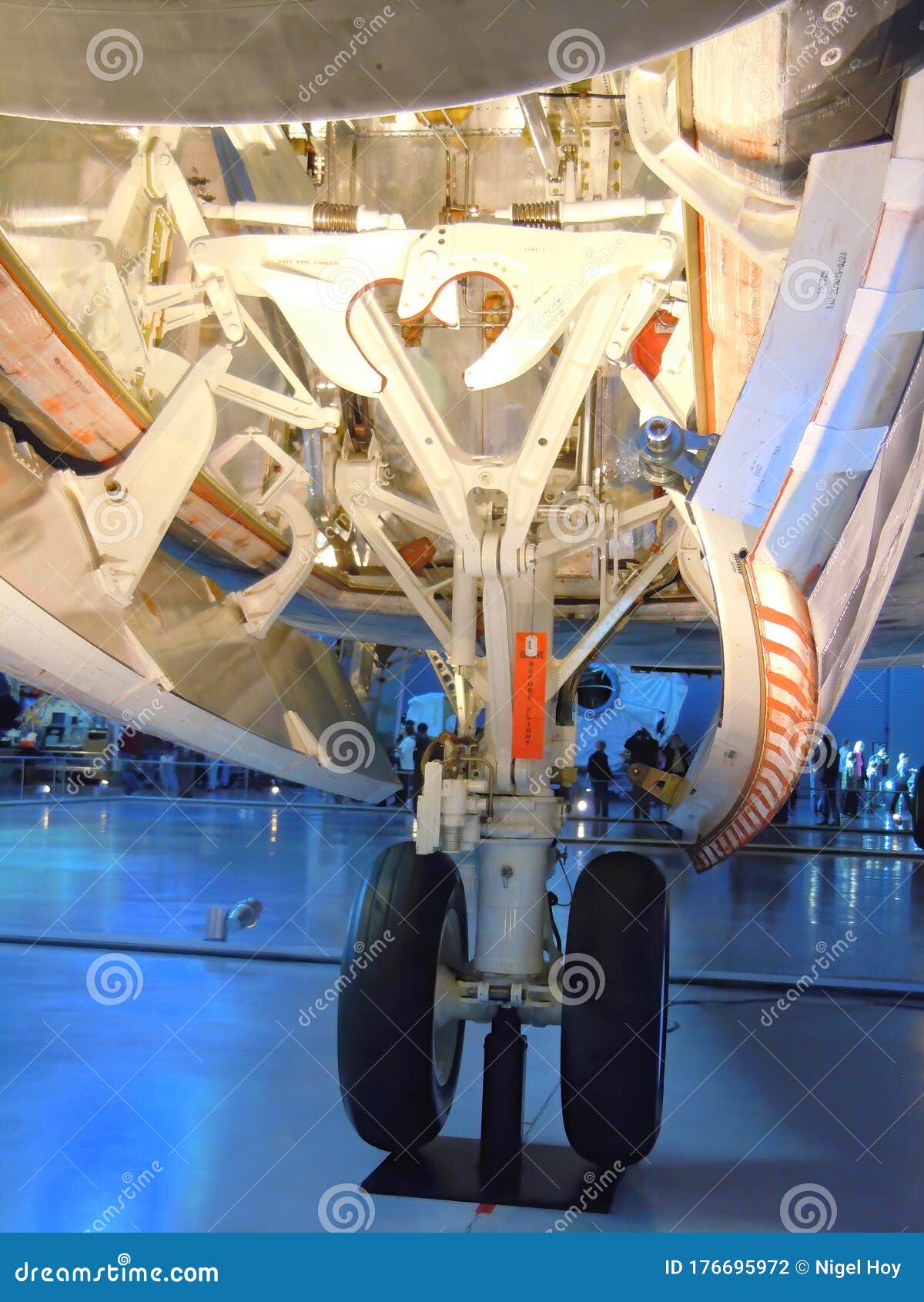

The elimination of the lateral loads resulted in a lighter booster, and one that was much more flexible. The result was the Vulkan - a classic Soviet launch vehicle design: booster stages arranged around a core vehicle, with the payload mounted on top.

This meant that the orbiter itself could be moved from the lateral mounting of the space shuttle to an on-axis position at the top of the rocket core. If only expendable engines were to be used, there was no need to house them in the re-entry vehicle for recovery. This conclusion led to other important design decisions. Glushko believed that while a Soviet cryogenic engine of 200 tonnes thrust could be developed in the required time, to develop a reusable engine would be impossible due to limited experience with the propellants. No engine using these cryogenic propellants had ever been used in Russian rockets, and the largest such engine under development was the 40 tonne thrust 11D57. The high chamber pressure, closed-cycle, reusable 230 tonne thrust Lox/LH2 main engine being developed for the shuttle was well outside engineering experience in the Soviet Union. These would use a 700 tonne thrust four-chamber Lox/Kerosene engine already under development. Glushko favoured a launch vehicle with parallel liquid propellant boosters. The Soviet Union at this point had no experience in production of large solid rocket motors, especially segmented solid rocket motors of the type used on the shuttle. The American shuttle design was studied intensively by Russian rocket scientists, but important aspects of it were rejected based on Soviet engineering analysis and technology: The main engines and guidance system were recovered with the orbiter. While the solid propellant booster rockets were recovered, the cryogenic main propellant tank of the shuttle core was expendable. To reduce development cost and risk, NASA and USAF shuttle trade studies had settled on a partially reusable design. The time-honoured Soviet method of rectifying such situations was to copy the foreign technology. The success of Apollo and the failure of the N1-元 program pointed to serious deficiencies in the technology base of the Soviet Union. The Soviet military, seeking strategic parity, wished development in the Soviet Union of a reusable manned spacecraft with analogous tactical-technical characteristics. The US Defence Department planned to use the shuttle for a range of military missions. At the same time in the United States development work was underway on the space shuttle. In 1974 the N1-元 heavy lunar launch vehicle project was cancelled and Glushko was appointed chief designer of the new NPO Energia enterprise, replacing Mishin as the head of the former OKB-1. The Energia-Buran Reusable Space System (MKS) had its origins in NPO Energia studies of 1974 to 1975 for a 'Space Rocket Complex Program'. In the end it contributed to the collapse of the Soviet Union and thus the demise of Buran itself.ĪKA: 11F35 11F36. The cost of Buran - 14.5 billion rubles - was a significant part of the effort to maintain strategic and technical parity with the United States. Russian manned spaceplane which represented a huge leap in Soviet space technology and project management.


 0 kommentar(er)
0 kommentar(er)
